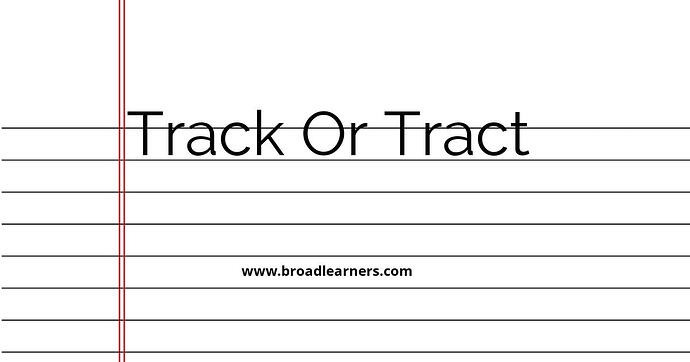'Track' and 'tract' are commonly confused words in English grammar. Understanding the difference between 'track' and 'tract' is important to use them correctly in written and spoken English.
'Track' is a noun that refers to a path, trail, or course, often used to describe a designated path for vehicles or animals. It can also be used as a verb meaning to follow or monitor.
'Tract' is a noun that refers to a piece of land or a region. It can also refer to a pamphlet or a written work on a specific topic.
Let's take a closer look at the meanings and usage of 'track' and 'tract'.
| 'Track' | 'Tract' |
|---|---|
| The word 'track' is used to describe a designated path or course. | The word 'tract' is used to describe a piece of land or a region. |
|
|
To remember the difference between 'track' and 'tract', it can be helpful to think of 'track' as a path or course for movement, while 'tract' refers to a piece of land or a region.
Here are some examples of correct usage:
- I enjoy running on the track at the local stadium.
- She purchased a tract of farmland for her agricultural business.
- The detective was able to track down the suspect.
- He published a tract on environmental conservation.
Remembering the correct usage of 'track' and 'tract' will improve your grammar and communication skills.
